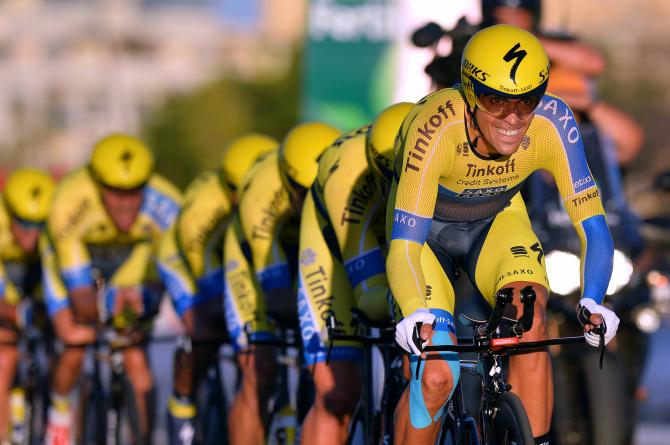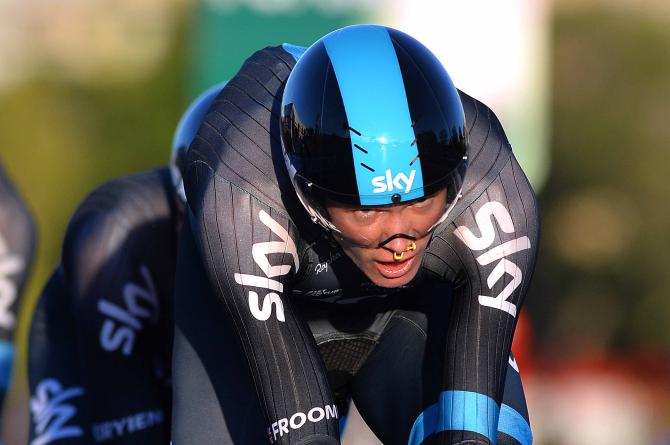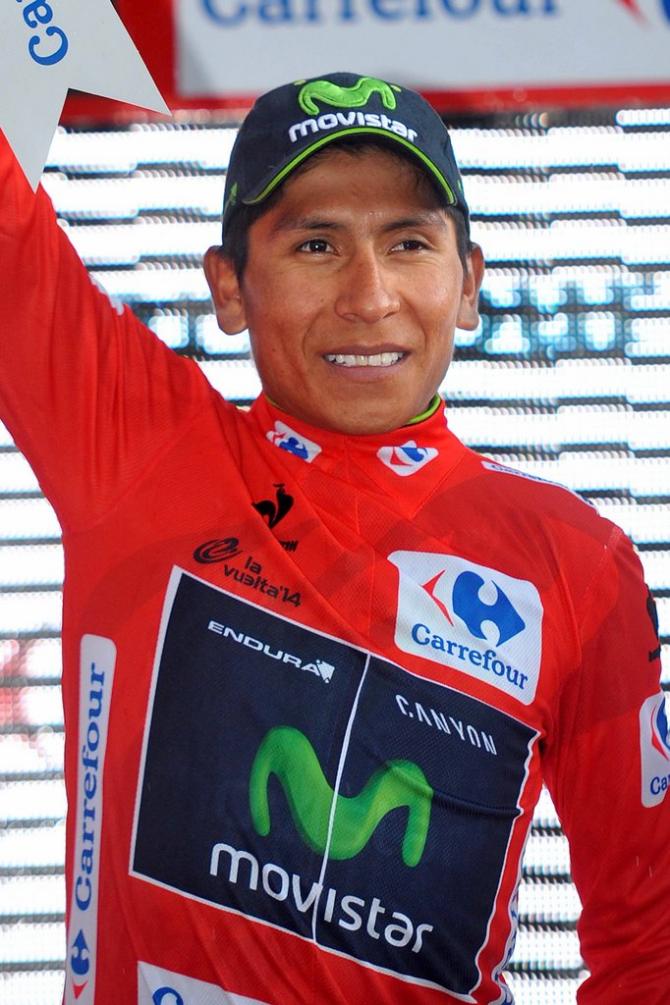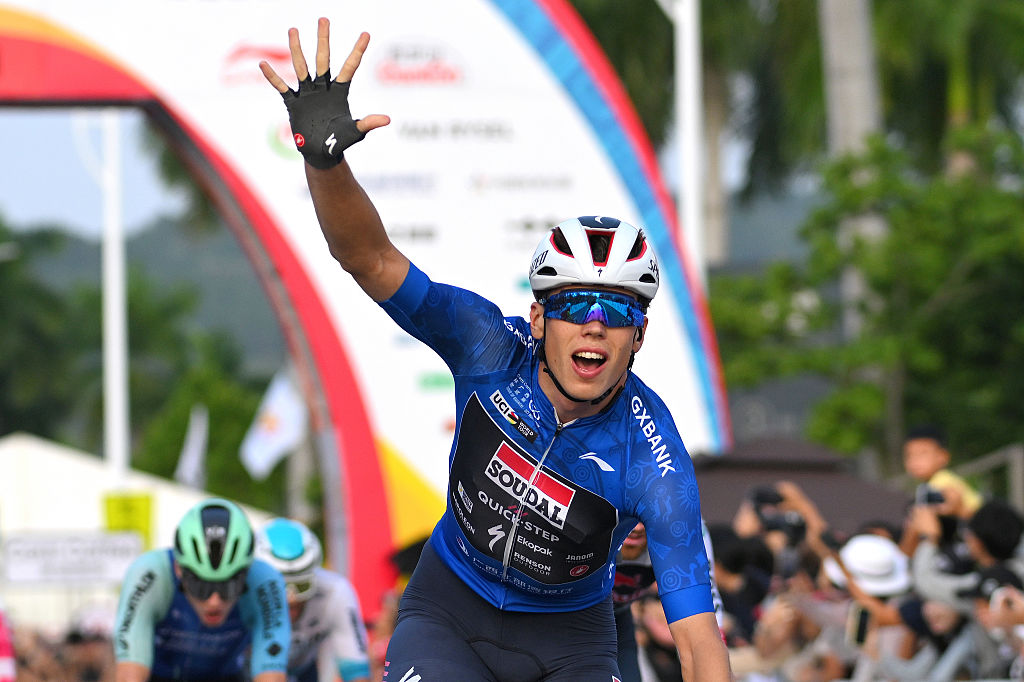Vuelta a Espana: A time trial of two halves
Route analysis: A highly technical first section will test the overall contenders



The sight of team mechanics preparing bikes for the Vuelta a Espana time trial was a sign of familiarity on the rest day but the course itself may well take the riders and everyone at the race by surprise.
Preview: Vuelta a España's stage 9 climb to Valdelinares
Quintana: Contador is the number one rival for the Vuelta a España
The Vuelta a Espana favourites: where they stand after nine stages
Contador confident he can battle for Vuelta a España title
Vuelta a España: Brailsford believes Froome can fight for the win
The Vuelta has a long history of time trials in or near Zaragoza: last year the teams stayed in the city for the race against the clock in nearby Tarazona. Previously, the time trial in Zaragoza in 2007 was won by German powerhouse Bert Grabsch and in 2003 by Isidro Nozal. In 1995 the prologue in the capital of Aragon went to Abraham Olano, who led the race for Mapei before being swamped by mass attacks from ONCE.
However, barring geographical location, the 2014 36.7 kilometre time trial from Santa Maria Veruela to Borja has little to do with last year’s mid-race test, a fairly straightforward assault on a gentle third category climb and drop back down, won by Fabian Cancellara. It is absolutely nothing like the ultra-tedious grinds up and down closed-off motorways that gave the Vuelta time trials a well-earned reputation for dullness for many years.
This year the first half of the 2014 is extremely technical, with some very dangerous downhill segments, whilst the second part is much faster and smoother. The rural, draggy roads throughout will make punctures more likely than usual, even if the forecast is thankfully for the weather to stay dry all day. If it did rain, the probability of crashes would be high.
An unusual start
The first couple of kilometres, spinning on narrow, but straight, country backroads past long lines of vineyards, is hardly a huge challenge. However then the ‘fun’ begins. A sharp veer left towards the national park of Moncayo - where much of last year’s TT was held - brings the riders onto a narrow, severely technical climb. Plastered in freshly painted anti-fracking graffiti, the ascent starts well before the official ‘foot of climb’ in the route book, the 2.2 Alto de Moncayo.
Confusingly given the same name as last year’s TT ascent - and the highest mountains of the national park loom once again over the whole course - the 2014 climb is in a different location and a different kettle of fish altogether. Officially 2.2km long, this year’s climb is a series of steps, consisting of curving, steady climb on a back road barely a car width wide in places - and even, shortly after clattering up through some narrow village streets in Alcala de Moncayo, with a short cemented segment.
The latest race content, interviews, features, reviews and expert buying guides, direct to your inbox!
There is one longish swoop downhill, again on a narrow, poorly cambered road, before another 1.5km sector running relentlessly up through a lonely, windswept scree-lined valley bereft of even a farmhouse, takes the riders to the summit. This is 11.2km into the course but given the exhausting complexity of the stage route, it feels like a lot more ground has already been covered.
The descent is hardly straightforward either - curving, single track roads dodging back and forth on a sharp, dangerous downhill segment that, with two particularly challenging corners, rattling across a narrow metal bridge and down the other side of the valley as it continues its descent.
By kilometre 18 - half-way through the course - the terrain then notably flattens out and the road surface improves slowly for a faster, steadier descent on a stretch of freshly laid asphalt, where the riders will need to step on the pedals to maintain their highest speed. This very exposed part of the course may be straighter, and there is even about five kilometres of wider road to the finish, but the wind - predicted to be gusting, rather than steady, could make it very difficult on the run down to the valley below and the finish in the small town of Borja.
Who does it suit the best?
The first, ultra-tricky part will be very much to Joaquim Rodriguez's liking. On a similar kind of terrain in the 2012 Vuelta in Galicia, the Katusha rider only lost 59 seconds to Alberto Contador (Tinkoff-Saxo). However, the second part is a very different story, seemingly designed for more heavily built time trial specialists. Finding the right pace for each part of the course, whilst avoiding too many risks on the downhill, will be a tough but vital task.
It will make the Vuelta’s crucial stage 10 time trial even more unpredictable.
Alasdair Fotheringham has been reporting on cycling since 1991. He has covered every Tour de France since 1992 bar one, as well as numerous other bike races of all shapes and sizes, ranging from the Olympic Games in 2008 to the now sadly defunct Subida a Urkiola hill climb in Spain. As well as working for Cyclingnews, he has also written for The Independent, The Guardian, ProCycling, The Express and Reuters.

